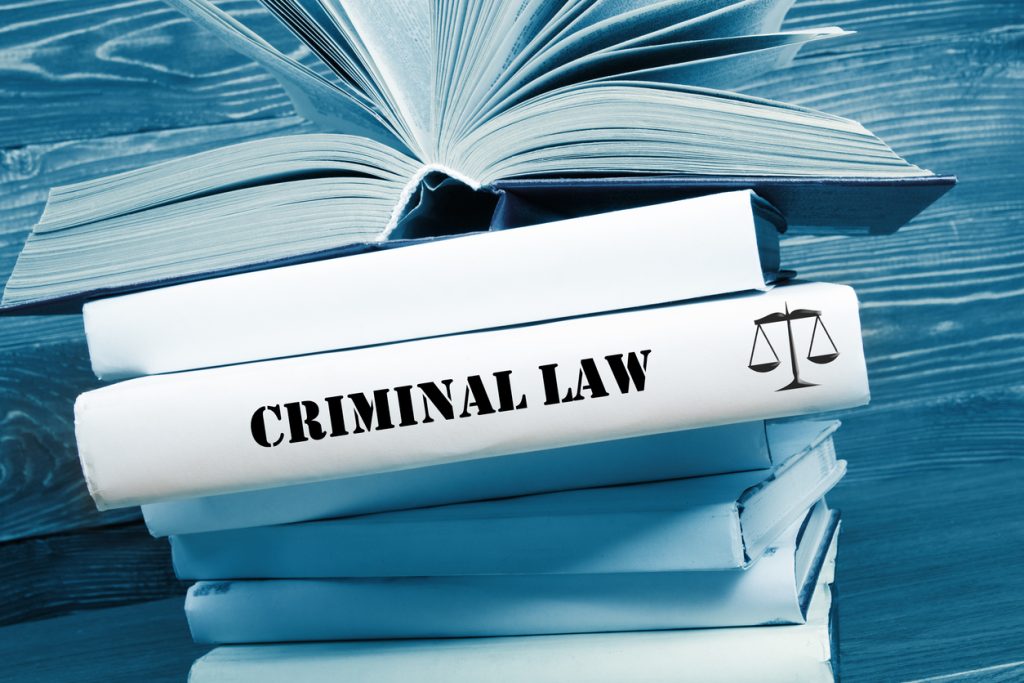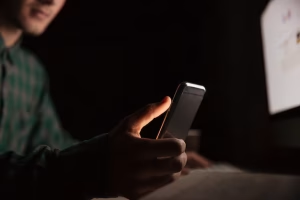Exploring the intricacies of California criminal defense reveals the significant impact of Pitchess motions on legal strategies. These motions are critical tools that allow defense attorneys to request access to law enforcement officers' personnel records, particularly when allegations of misconduct, such as excessive force, arise. By challenging a peace officer's credibility through demonstrated misconduct, Pitchess motions can effectively shape the outcome of a criminal case.
The role of evidence in these motions is crucial, as it can uncover patterns of behavior that may affect the validity of an officer's testimony. This can serve as a powerful defense strategy, potentially leading to favorable outcomes for defendants. The legal process in California necessitates thorough preparation and implementation of pretrial motions to bolster a defense case.
The Supreme Court’s acknowledgment of the necessity for such motions underscores their importance in maintaining checks and balances within the judicial system. Through strategic use of Pitchess motions, defense attorneys can pierce through layers of police conduct, ensuring a fair trial by exposing relevant facts that may otherwise remain hidden.
Understanding Pitchess Motions
Pitchess motions provide defendants with access to police officers’ personnel records, helping them gather evidence of misconduct that could affect their trial. These motions require demonstrating a valid need and ensuring respect for privacy rights.
Foundations and Legal Precedents
The foundation of Pitchess motions lies in the landmark case of Pitchess v. Superior Court. In this case, the Court acknowledged a defendant's right to seek discovery of an officer's personnel files when supported by a showing of good cause. This principle was further solidified by the California Legislature through statutory provisions found in Evidence Code Sections 1043 and Penal Code Sections 832.7. These legal frameworks mandate an in-camera review, where a judge examines records privately to determine their relevance. Influential rulings such as Alford v. Superior Court and Copley Press, Inc. v. Superior Court have further clarified the procedural nuances, ensuring a balance between due process and privacy.
Procedural Requirements for Filing
Initiating a Pitchess motion involves a structured process aimed at balancing defendants’ rights with officers' privacy. The motion must be filed with evidence that shows a logical connection between the officer's conduct and the defendant's defense. Written declarations and affidavits often accompany the motion to establish this link. The court evaluates whether the motion fulfills the pivotal requirement of good cause. If satisfied, an in-camera inspection of the officer's personnel file ensues. Legal guidelines dictate that only information deemed relevant is disclosed to the defense. Challenges, appeals, or a writ of mandate may follow if parties contest the court’s decision.
Good Cause and Privacy Considerations
Demonstrating good cause is essential in Pitchess motions. This entails presenting credible allegations that justify the request for confidential records. Courts assess whether the defense adequately links the sought information to potential defense strategies. Meanwhile, statutory safeguards protect privacy, ensuring only pertinent details are accessed. Personnel records remain shielded from public access by the California Public Records Act except under specific conditions. The internal Brady List, a catalog of officers with questionable credibility, also influences discovery decisions. The approach aims to safeguard officers' confidentiality while allowing defendants to probe factors influencing their criminal prosecution in a balanced manner.
Strategic Applications in Criminal Defense
Pitchess motions are vital in shaping legal strategies for defendants in California. These motions provide an avenue to examine and potentially challenge law enforcement conduct and credibility, crucial to ensuring a fair trial.
Challenging Police Credibility
Pitchess motions allow attorneys to request access to law enforcement personnel records in order to examine prior allegations of misconduct, such as excessive force or dishonesty. This can be especially useful in cases involving accusations of robbery, domestic violence, or child molestation, where officer integrity is central.
When successful, such motions can uncover information that serves as impeachment evidence, potentially discrediting a peace officer's testimony. By leveraging this information, attorneys can protect the due process rights of their clients and bolster the defense strategy.
Leveraging Information in Plea Negotiations
Securing information from Pitchess motions offers significant advantages during plea negotiations. By revealing past misconduct of police officers, defense attorneys may persuade prosecutors of the weaknesses in their case, leading to more favorable plea deals or even case dismissal. This is especially pertinent in serious charges like murder or special circumstances cases where penalties are severe.
For example, if police records indicate a history of dishonesty, it can be a powerful tool in negotiating down charges related to kidnapping or sexual assault. This approach provides the defendant with a stronger negotiating position and potentially more lenient outcomes.
Use of Evidence at Trial
The discovery of exculpatory evidence through Pitchess motions can play a critical role during trial proceedings. Impeachment information can be pivotal in contesting the prosecution’s case, particularly in criminal proceedings involving sensitive matters such as sexual assault or drug-related accusations.
Defense attorneys can introduce evidence of police misconduct through this process, significantly impacting the jury's perception. Brady v. Maryland emphasizes the importance of constitutional due process, highlighting the necessity of disclosing exculpatory evidence. The use of such evidence can alter the trajectory of a trial, providing peace of mind to defendants, knowing that their case is robustly defended.






















